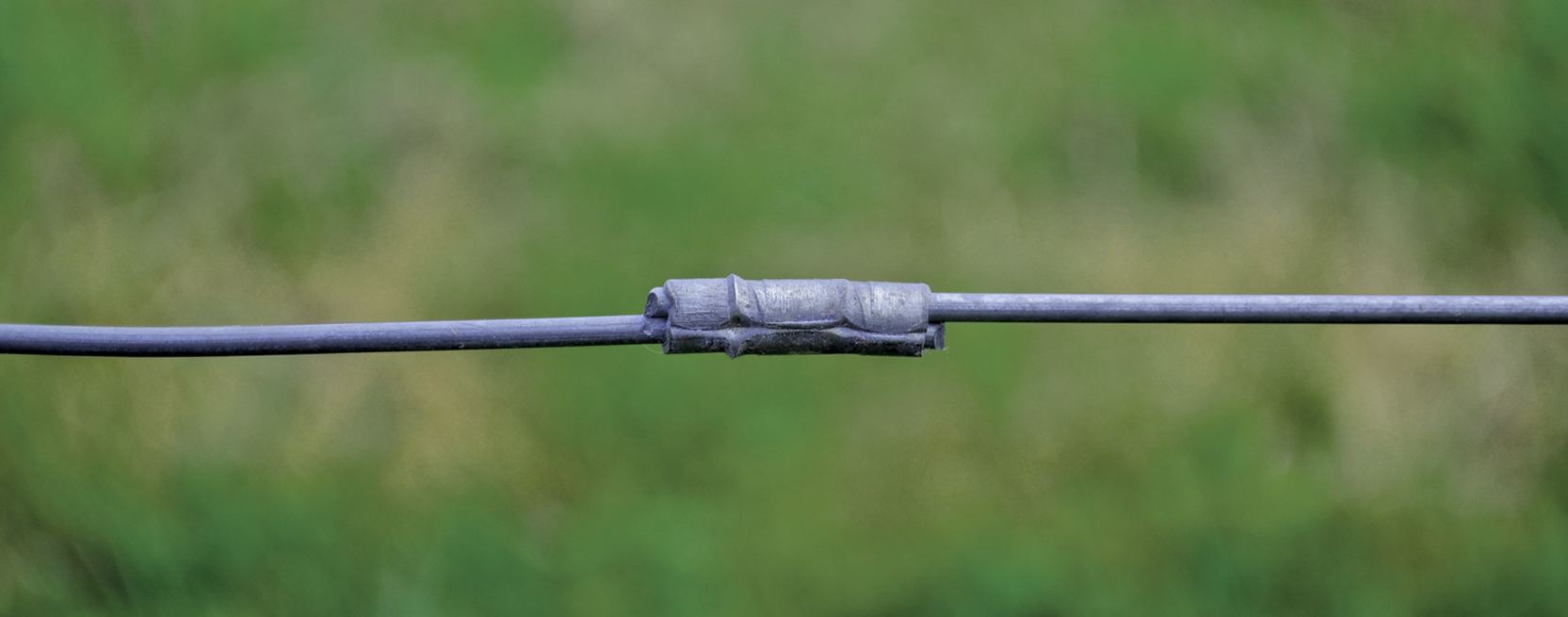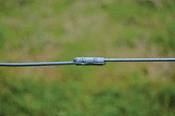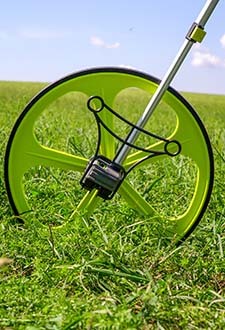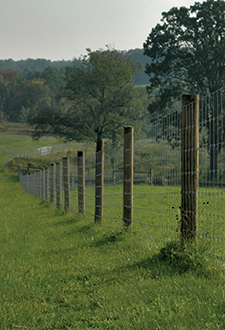BLOG

Using Crimp Sleeves to Splice High-Tensile Wire

People often inquire about the best way to splice high-tensile fence wire. Splicing wires can be accomplished in three ways: hand knotting, using wire links, or using crimp sleeves.
Gritted crimp sleeves are the most cost-effective way to splice high-tensile wire and maintain the full strength of the wire. Wire links will maintain the strength of most wires, but become relatively expensive when building a significant amount of fence. Hand knotting is by far the cheapest method, however, it can become time consuming and reduces the strength of the wire by about 30%.
In this post, we are going to focus on splicing with crimp sleeves. Crimp sleeves require the use of a crimping tool. Be sure to choose the appropriate crimping tool and sleeve that fits the wire you are using to build your fence. Some crimping tools will have multiple slots to accommodate different crimp sleeves for different wire gauges.
For example:
Use the 2-3 slot on a crimping tool or a tool for 12 ½ gauge sleeves.

To correctly crimp a sleeve, place it into the appropriate slot in the crimping tool and compress it into a cylindrical shape from end to end. Depending on the length of the sleeve,

this can be 1 to 3 compressions. Do not split the sleeve into and ‘8’ shape. When using more than one sleeve-per-join, be sure to leave ¼” between sleeves to allow for proper expansion. At end posts and inline strainers, be sure to use two sleeves. If crimped incorrectly, the full strength of the wire will be jeopardized.
*Before splicing any wire, remember that once you have done so, it will be impossible to slide any insulators in either direction past the splice. If you miscount, it is not a disaster. You can always use another type of insulator in place of the 4” tube, such as the Spiralator.










